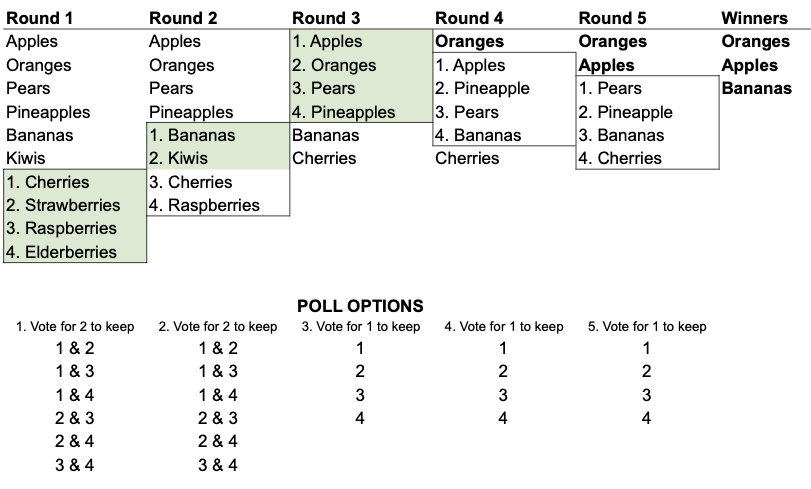Icebreaker One, working in partnership with power company SSEN Transmission, has won UK Government funding for a project to help energy networks use meteorological data to prepare for extreme weather and improve the resilience of the UK’s energy network.
Project NIMBUS will revolutionise the way detailed meteorological data and models are used in the design and decision-making of electricity assets, through innovative uses of the data and predictive modelling techniques.
In the 8-week long Discovery Phase, NIMBUS will develop business-driven use cases for the application of detailed meteorological data as a proof-of-concept and allow for a clear cost-benefit analysis to be taken into the Alpha phase of Ofgem’s Strategic Innovation Fund. To develop this use case, Icebreaker One conducted research and held a workshop with SSEN Transmission, SSEN Distribution, and the Met Office. The three finalist use case ideas that came out of the workshop are:
- Historical accident data to identify “high risk/high incident” parts of the system that need investment.
- Model weather-related degradation to Probability of Failure (PoF) for assets connecting large volumes of generation to the grid
- Predictive hazard identification for extreme weather events using remote monitoring
Through further research and stakeholder engagement, use case 2, model granular weather-related degradation to Probability of Failure (PoF) for assets connecting large volumes of generation to the grid has been chosen as the Project NIMBUS Use Case.
Use Case Development Process
As part of the use case development process, Icebreaker One research team compiled a long list of use cases that use meteorological data to build asset resilience such as using weather data in the design and decision-making process for an energy Systems Operator. This was developed through desk research, and interviews with key SSE stakeholders including asset risk and data scientist experts, as well as meteorological academics.
Icebreaker One held a workshop to narrow down from nearly 40 to the top three impactful use cases to be taken forward in the Discovery phase of this project. The workshop was attended by a range of participants from across SSE and the Met Office. These included members from the Asset Risk and Asset Management teams from SSE Transmission, data scientists and system managers from SSE Network Distribution, as well as asset policy, strategy and innovation specialists.
The Met Office domain experts were invited to participate in the discussion by providing important context and meteorological acumen. They did not participate in any voting to ensure the use cases were driven by the needs of the network operators.
The Use Case Prioritisation Workshop
The aim of the session was to narrow down the focus of NIMBUS in a clear, transparent and methodological way. It presented a chance for various members of the team to collaboratively agree on what to consider while choosing which use cases to focus on for the current project phase.
Participants were presented with the long list of use cases that were put together by the Icebreaker One team.

The long list spanned a vast number of ideas, which were roughly broken down into three types:
- Historical or event-based
- Real-time or near-term close predictions
- Longer-term predictions and planning

While meteorologists prefer to categorise the ideas in terms of hazards (such as flooding, heatwaves, windstorms or wildfires), the initial exercise focused on simple elimination through a Google form. This allowed for discussion, merging to remove duplicates, indicating overlapping projects, and adding new thoughts. Each SSE member was given a maximum number of votes per use case type. All use cases scoring 2 or less thus did not make it through to the shortlist.

After a quick break, the 10 ideas with the highest number of votes from vote one were gathered into a separate spreadsheet for vote two.
Voting on the Project NIMBUS Alpha Use Case
Vote two consisted of five rounds to deprioritise use case ideas to arrive at three shortlist “finalists”. The team were asked to consider the following criteria while deciding which use cases to progress:
| Specific: single primary role with a specific goal for using the data |
| Different: is it different to the other use cases |
| Impactful: Increasing resilience; improving opportunities; reducing cost |
| Feasible: data available and skills/technology required on-hand |
The strategy used included picking from use cases that received less votes to survive the current voting round, with the opportunity for individuals to discuss and support their choices with the rest of the team during each stage of elimination. An example of how this method works is shown below using fruit:

As pairs and then individual use cases survived the consecutive polling rounds, all popular use cases were eventually compared to arrive at a final three.
The three finalist use case ideas that came out of the workshop are as follows:
- Ref: NIM 4 Historical accident data to identify “high risk/high incident” parts of the system that need investment
- Ref: NIM 30 Model weather-related degradation to Probability of Failure (PoF) for assets connecting large volumes of generation to the grid
- Ref: NIM 31 Predictive hazard identification for extreme weather events using remote monitoring
The next steps will be using the Icebreaker One use case framework to further flesh out these use cases through desk research and targeted stakeholder engagement for the then for the NIMBUS team to perform a cost/benefit analysis on the Project NIMBUS Alpha Use Case.
